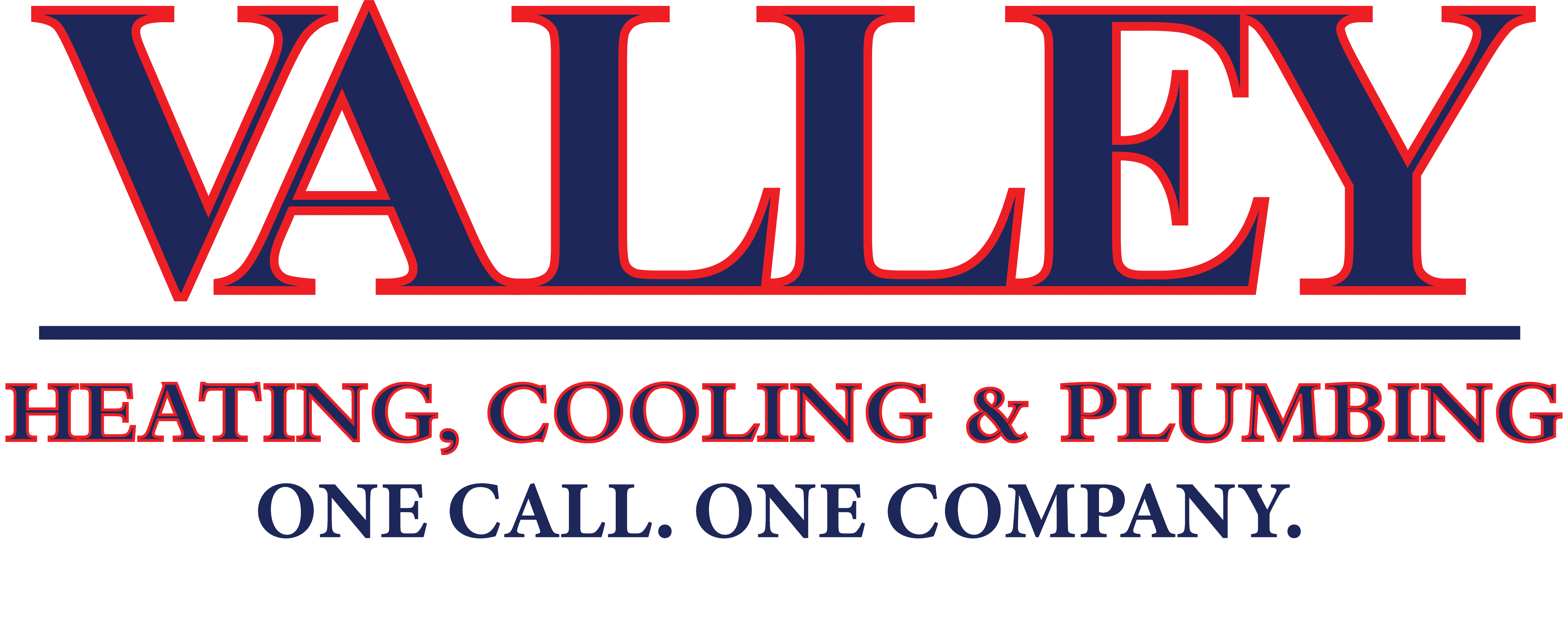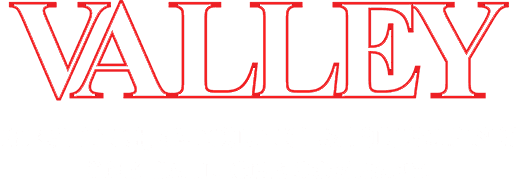How Do HVAC Systems Work?
HVAC stands for heating, ventilation, and air conditioning. The primary purpose of an HVAC system is to circulate air throughout the home. HVAC systems consist of the equipment, technology, and processes that go into heating, cooling, and ventilating a commercial or residential property. For this article, we will be discussing only the residential side of HVAC. To further understand what an HVAC system does, we will break down what HVAC means.
HVAC Break Down
Heating refers to a heating source or furnace. The furnace is run by gas, electric, propane, or oil. In conjunction with the furnace is the blower motor. A blower motor blows the air through the ductwork in the vent as forced air.
Ventilation
HVAC's ventilation means to replace or exchange the air and remove smoke odors, dust, Carbon Dioxide, airborne bacteria, and moisture. It helps to purify and clean the air so that you can live and breathe more comfortably.
The air conditioner cools the air and circulates it throughout the home. It does not create cool air. The air conditioner unit takes the warm air from the house and cycles it through a system that removes the heat and therefore cools it. Review our latest article titled "What Does An HVAC Compressor Do?" for more detailed information on the inner workings of an air conditioner.
Types of HVAC Systems
There are different types of HVAC systems. The unit you have or choose to put in your home depends on the size and the ability to add ductwork and equipment inside your home.
Split System
A split system is a term for whole-house heating, ventilation, and air conditioning. A split system has a furnace or heating element and an air conditioning unit, typically in the basement of the home, along with an air conditioning condenser unit situated outside of the house. Both of these units are attached to the ductwork throughout the home.
Mini-Split System
If your home is not equipped to have ductwork, then a ductless or mini-split system will be your best option. Ductless systems work to cool or heat one room and is attached to a wall with the condenser unit outside. They have a heat pump, which enables it to heat and cool your room of choice. Some systems offer the ability to add up to four indoor units without the need for ductwork. This is also a good option for air conditioning if you have ductless heating in your home.
Zoned Unit
Another system is called a zoned unit. A zone unit allows you to control the airflow in each room. Instead of having the entire home at one temperature, you can control the temperature in multiple rooms to suit your comfort level as you would with a split system. A zoned unit also helps with efficiency and energy purposes.
Main Components of an HVAC System
The Thermostat
This is the brains of your entire system. The thermostat is attached to a wall and contains an internal thermometer. As you set the thermostat to a specific temperature, it will monitor, and as the temperature either rises or falls, it will kick on to maintain the temperature you've set. Some systems will also have humidity control that you can also set to your liking. Newer systems now allow you to control the temperature right from your smartphone.
Air Return
Your air return sucks the air in and sends it to the furnace or air conditioning condenser to heat or cool the air.
Filter
Situated in the air return, the filter removes dust, pet dander, impurities, or airborne bacteria. The filter helps to purify the air so you can breathe more comfortably. This is an essential component if you have breathing problems or allergies.
Exhaust
The exhaust takes all the impurities, odors, and dangerous chemicals that build up in your home, like carbon monoxide or carbon dioxide, out of your home so that it does not build up. The exhaust is part of the ventilation system.
Ductwork
The ductwork is a series of tubes custom fit within the walls and ceilings of your home. The air from the furnace or air conditioner gets pushed through the ductwork and then dispersed through the vents attached so that the house can be heated or cooled to the temperature you choose.
Outdoor Air Conditioning Unit: The outside unit consists of the condensing unit, the compressor, and the refrigerant coils that follow into the home to the rest of the unit.
If properly installed and cleaned, and maintained, your HVAC system can last up to 20 years and beyond.
Conclusion
Your HVAC technician can help you further understand what system you have and what you should upgrade to if you are looking to do so. If you are interested in updating your current HVAC system and live in the Madison, AL area, contact the experienced HVAC technicians at Valley Heating and Cooling. We will set up a consultation with you to discuss your needs and assess what unit or units will best suit your home. If you do not live near our service area, search for “heating and air conditioning near me” to find the closest certified HVAC technicians to you.


